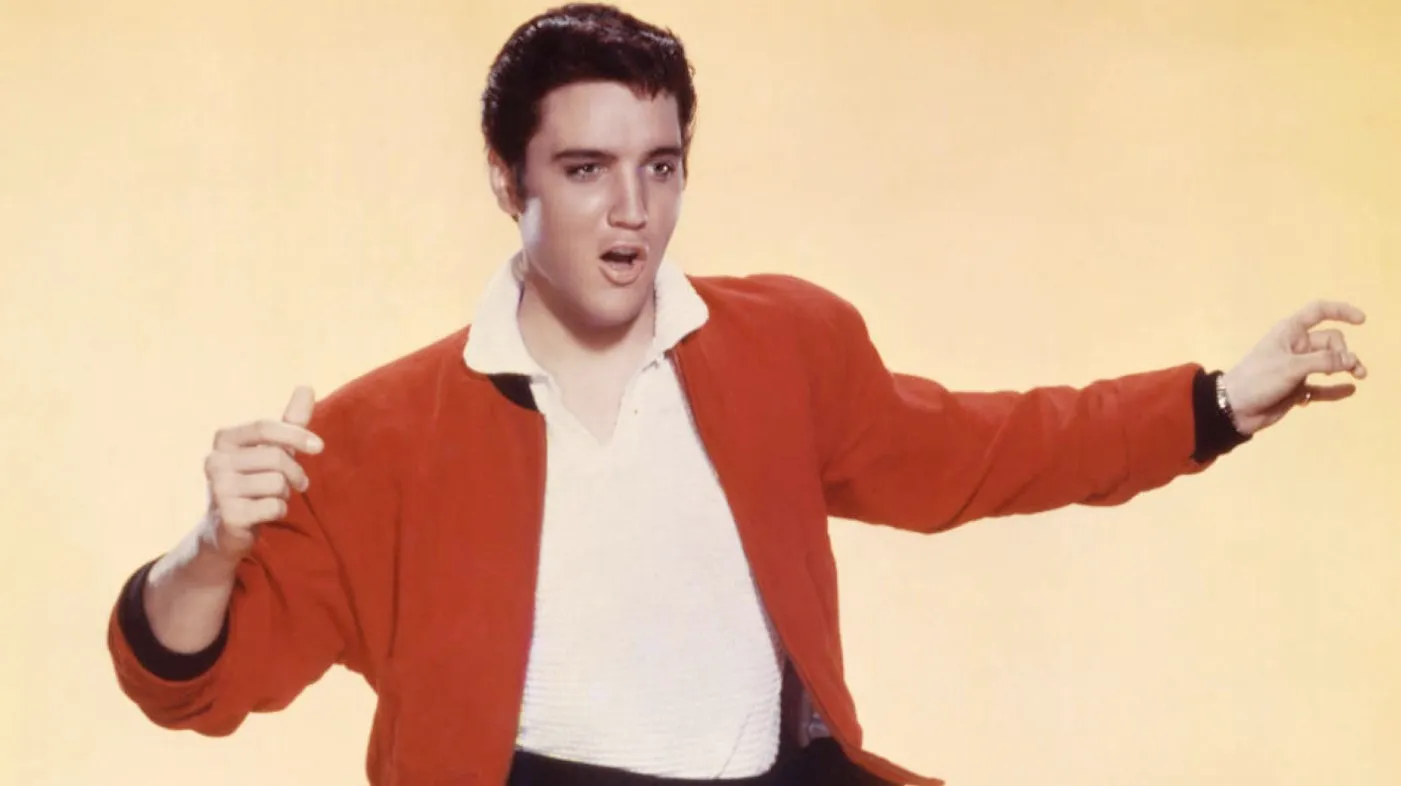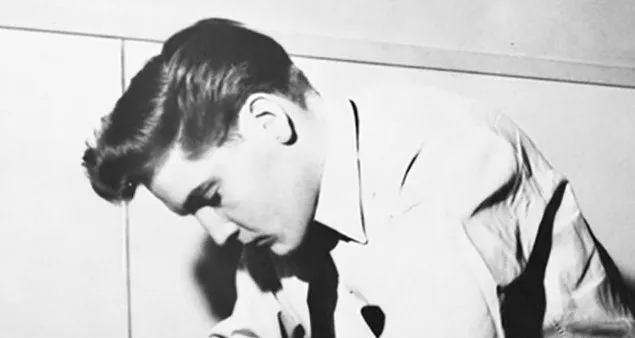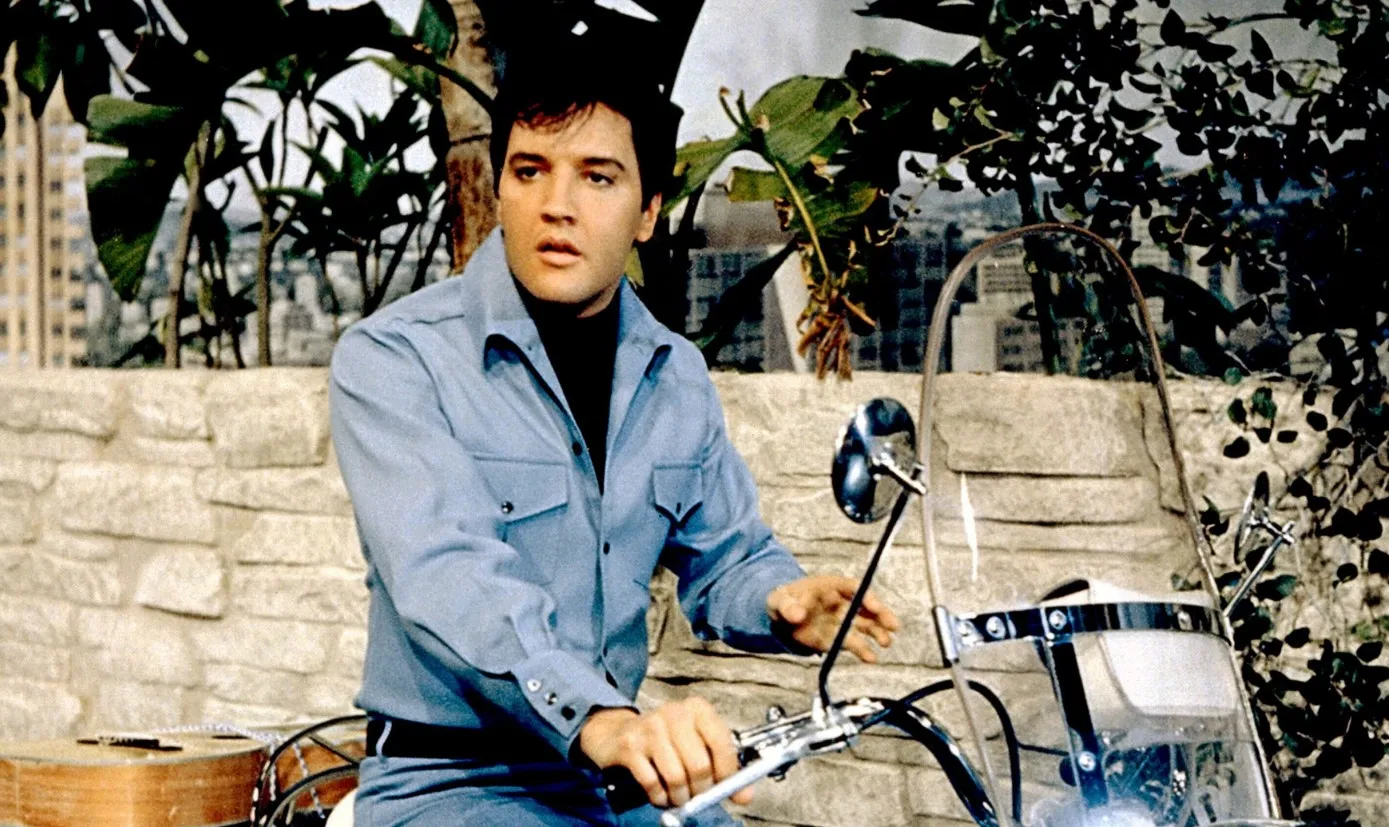In July 1979, Paul McCartney embarked on a unique and experimental journey in the comfort of his own home. The result of this journey was "McCartney II," an album that would come to represent a significant chapter in his post-Beatles career. This record, produced in his home studio, was a departure from his previous works, offering a glimpse into his innovative spirit and willingness to explore new musical territories.
The Background: A Need for Creative Freedom

By 1979, Paul McCartney had already achieved unprecedented success, first with The Beatles and then with his band Wings.
However, after years of working within the structure of a band, McCartney found himself yearning for the creative freedom he once experienced. He was eager to experiment, to push boundaries, and to create music without the constraints of commercial expectations.
"McCartney II" was born out of this desire for artistic exploration. Much like his first solo album, "McCartney" (1970), which was also recorded at home, McCartney wanted to create an album that was entirely his own—free from outside influence.
This meant playing all the instruments, writing all the songs, and producing the record himself. The home studio became his sanctuary, a place where he could let his creativity flow unfiltered.
The Home Studio: A Playground for Innovation

McCartney’s home studio, set up in his farmhouse in Sussex, England, was modest but functional. It wasn’t the high-tech studio one might expect from a musician of his stature, but it was a space where he felt comfortable experimenting with new sounds and techniques.
The relaxed atmosphere of the home studio allowed McCartney to work at his own pace, without the pressures of time or outside opinions.
One of the most significant aspects of recording "McCartney II" was McCartney’s use of synthesizers and electronic instruments. The late 1970s saw a rise in electronic music, with artists experimenting with synthesizers to create new, futuristic sounds.
McCartney was no stranger to innovation, and he embraced this trend with enthusiasm. He used the Yamaha CS-80 and the Sequential Circuits Prophet-5, both cutting-edge synthesizers at the time, to craft the album’s distinctive sound.
McCartney also utilized a variety of drum machines and sequencers, adding a layer of rhythm and texture that was quite different from his previous work. The use of these electronic instruments allowed him to explore new musical landscapes, creating a sound that was both modern and ahead of its time.
The Recording Process: A One-Man Band

Recording "McCartney II" was a solitary process for McCartney. Unlike the collaborative environment of a band, where ideas are shared and developed together, McCartney was entirely self-reliant during these sessions.
He played every instrument on the album, from guitars and bass to keyboards and drums. This gave him complete control over the sound and allowed him to experiment without limitations.
The songs on "McCartney II" were often created through improvisation. McCartney would start with a basic idea—a melody, a chord progression, or a rhythm—and build upon it, layer by layer.

This approach led to some unconventional song structures and experimental tracks that deviated from the pop-rock formula he was known for.
One of the most iconic tracks from the album, “Coming Up,” began as a simple riff on the guitar. McCartney looped the riff and began layering different instruments and vocals, eventually creating a song that was both catchy and quirky.
The song’s upbeat tempo and playful nature made it a standout track, and it later became a hit single.
Another notable track, “Temporary Secretary,” showcased McCartney’s willingness to push the boundaries of pop music.
The song’s repetitive, mechanical rhythm, created using a sequencer, was unlike anything McCartney had done before. The lyrics, which tell the story of a man seeking a temporary secretary, were humorous and absurd, adding to the song’s offbeat charm.
Creative Freedom: A Double-Edged Sword

While the freedom to create without outside influence was liberating for McCartney, it also posed challenges. Working alone meant that there was no one to offer feedback or to provide a different perspective.
This led to some moments of doubt during the recording process. McCartney later admitted that he wasn’t sure if the experimental nature of the album would resonate with listeners.
However, this uncertainty also fueled McCartney’s creativity. Without the pressure to produce a commercial hit, he felt free to take risks and explore new ideas.
This sense of artistic freedom is evident throughout "McCartney II," from the unconventional song structures to the use of electronic instruments. The album was a reflection of McCartney’s desire to break away from the expectations that had been placed on him as a former Beatle and to redefine himself as a solo artist.
The Release: A Mixed Reception

When "McCartney II" was released in May 1980, it received a mixed reception from critics and fans alike.
Some praised the album for its innovation and experimental nature, while others were puzzled by its departure from McCartney’s more traditional sound. The electronic elements and quirky tracks were a stark contrast to the rock and pop music that McCartney was known for.
Despite the mixed reviews, the album was a commercial success, reaching number one on the UK Albums Chart and number three on the US Billboard 200.
The lead single, “Coming Up,” was particularly well-received, and it became a top-ten hit in both the UK and the US. In fact, the live version of “Coming Up,” recorded with Wings, reached number one on the Billboard Hot 100 in the United States.
Over time, "McCartney II" has come to be regarded as a cult classic, with many fans and critics reevaluating the album’s significance in McCartney’s discography.
The experimental nature of the album, which was initially met with skepticism, is now seen as a bold and forward-thinking move that showcased McCartney’s versatility as an artist.
The Influence of "McCartney II"

The legacy of "McCartney II" extends beyond its initial release. The album has influenced a new generation of musicians who have drawn inspiration from its experimental sound and DIY approach.
Artists in the indie and electronic music scenes have cited "McCartney II" as an influence, praising its use of synthesizers and its willingness to break the mold.
In retrospect, "McCartney II" can be seen as a precursor to the lo-fi and bedroom pop movements that emerged in the 21st century. The idea of creating music in a home studio, using whatever equipment is available, has become increasingly popular among independent artists.
McCartney’s decision to record the album at home, away from the pressures of a professional studio, was ahead of its time and paved the way for future generations of musicians.
A Bold Experiment

Paul McCartney’s recording of "McCartney II" in his home studio in July 1979 was a bold experiment that allowed him to explore new musical territories.
The album’s experimental nature, use of electronic instruments, and DIY approach set it apart from McCartney’s previous works and showcased his willingness to take risks as an artist.
While "McCartney II" may not have been universally loved upon its release, it has since earned its place as a significant and influential album in McCartney’s career. It stands as a testament to his creative spirit and his ability to innovate, even after decades in the music industry.
For fans of Paul McCartney, "McCartney II" offers a unique and fascinating glimpse into the mind of one of the greatest musicians of all time, recorded in the most personal and intimate of settings—his own home.



